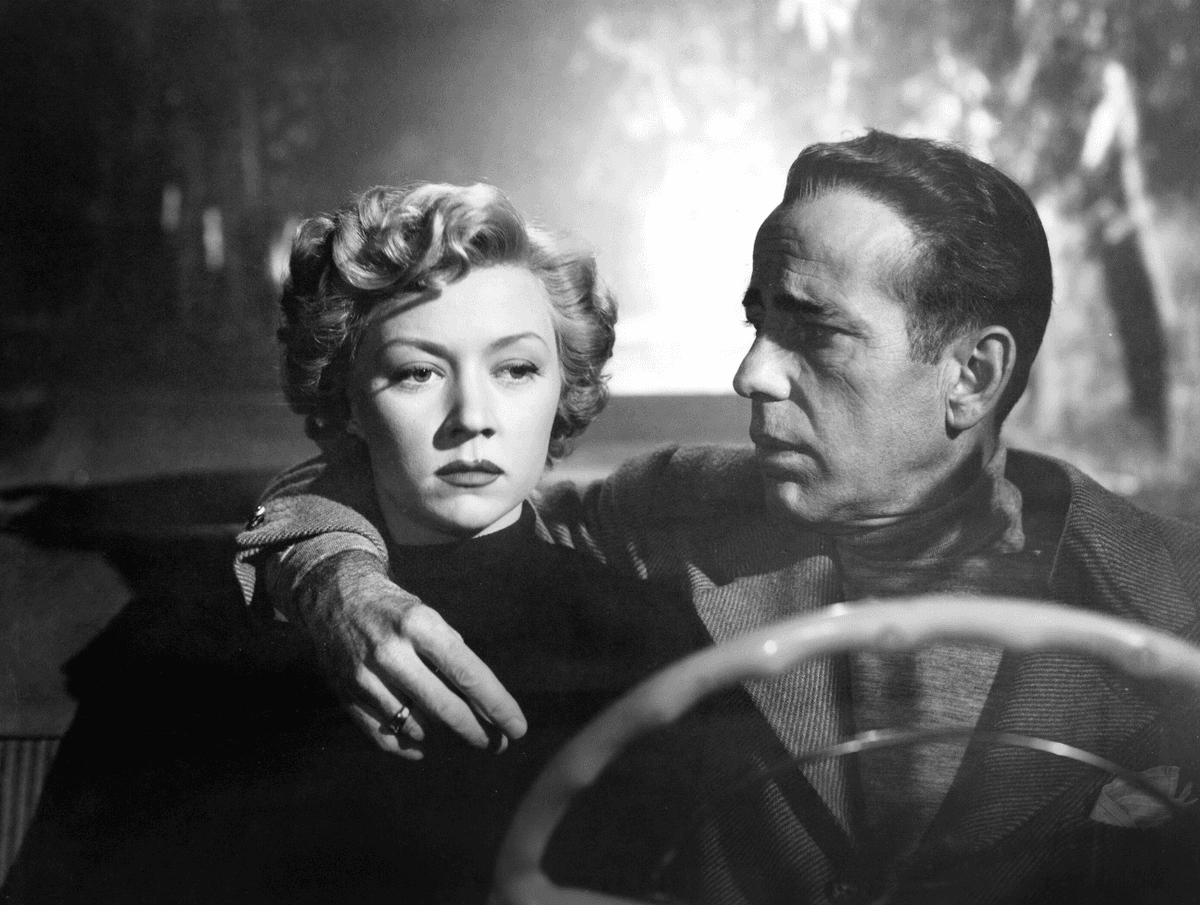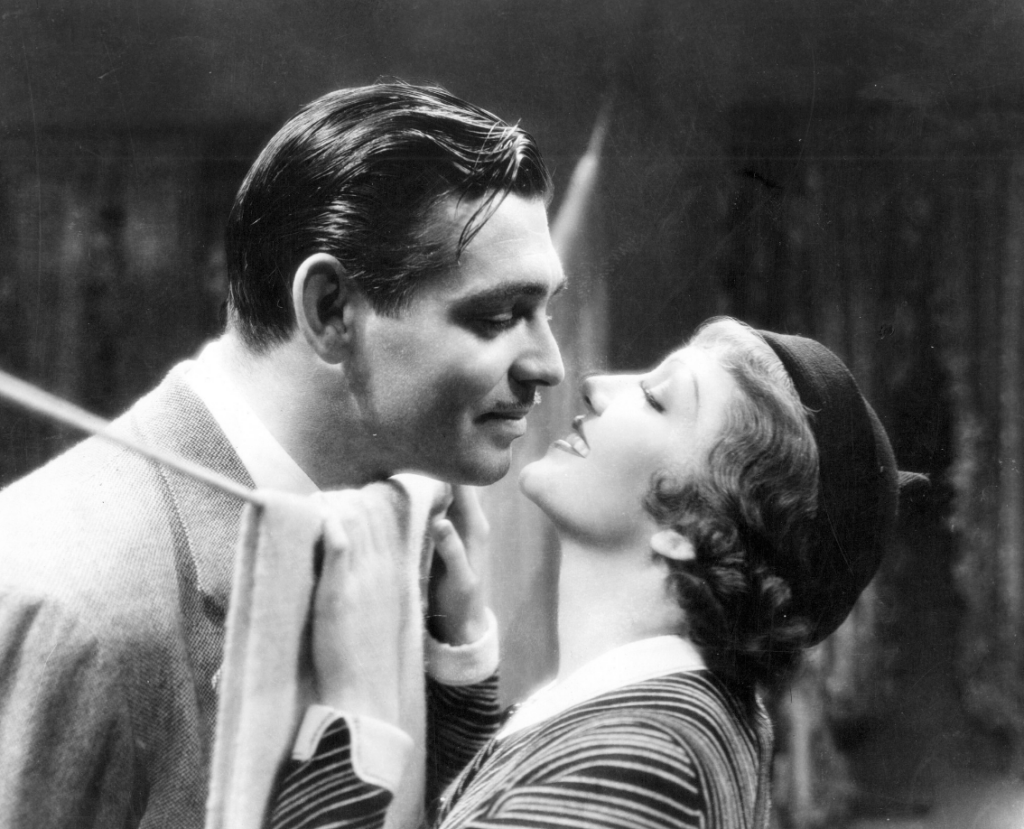MoMA Film Series Focuses on Classics From Columbia Pictures Produced Under the ‘Authoritarian’ Leadership of Harry Cohn
Cohn didn’t brook nonsense and often engaged in dubious behavior. ‘I went from covering Al Capone to covering Harry Cohn,’ an Associated Press reporter once wrote. ‘Cohn was by far the meanest.’

On the occasion of a series of films to be hosted by the Museum of Modern Art, “The Lady at 100: Columbia Classics From the Locarno Film Festival,” the cineastes-in-charge have seen fit to praise the “decisive leadership” of producer Harry Cohn (1891-1958). The Locarno Film Festival’s artistic director, Giona Nazzaro, is more to the point, describing Cohn as an “authoritarian” with an “iron fist.”
There have been even less diplomatic takes on the notoriously hard-knuckle movie mogul. When asked to extol Cohn’s primary virtue, the rabbi officiating at his funeral took a pause and then answered: “He’s dead.”
A good story isn’t always a true story, and there’s a lot of smoke, mirrors, and innuendo surrounding the life and career of Harry Cohn. Born at the Upper East Side of Manhattan to working-class Jewish emigres, the young Harry put his hand to a variety of gigs before joining up to form Columbia Pictures with his elder brother Jack and Joe Brandt, all of whom had worked at the fledgling Universal Studios.
Cohn didn’t brook nonsense and often engaged in dubious behavior. “I went from covering Al Capone to covering Harry Cohn,” an Associated Press reporter, James Bacon, wrote. “Cohn was by far the meanest.”
Cutting its teeth on low-budget pictures, the studio hitched its star to a former Mack Sennett gagman, Frank Capra, and paid the bills with the eye-poking antics of the Three Stooges. Along the way, Cohn and company adopted its famed emblem — you remember, that close cousin of the Statue of Liberty — and nurtured an impressive swath of talent, including directors Howard Hawks and Bud Boetticher, and stars like Judy Holliday and Rita Hayworth. Under Cohn’s stewardship, Columbia never failed to turn a profit.
MoMA has pared down the original run of 44 pictures shown at Locarno to a tidier 30. The first night of “The Lady at 100” opens with Capra’s “It Happened One Night” (1934), a film whose financial and critical success helped elevate Columbia from its reputation as a permanent habitue of Poverty Row. The blueprint for every rom-com to have since come down the pike, the movie racked up five Academy Awards — including statuettes for Cohn and Capra as co-producers. Smart, sexy, and buoyant, “It Happened One Night” exceeds its reputation.

The genre of screwball comedy flourished at Columbia and is well-represented at MoMA. Leo McCarey’s “The Awful Truth” (1937) has held up better than Howard Hawks’s “Twentieth Century” (1934), which is, at this date, less funny than it is histrionic. Fans of the indomitable and underrated Jean Arthur should take note that she graces a good number of films on the docket, including William A. Seiter’s “If Only You Could Cook” (1935), Capra’s “Mr. Deeds Goes To Town” (1936), George Stevens’s “The More The Merrier” (1943), and Hawks’s “Only Angels Have Wings” (1939).
Fare of a more lubricious nature is the stuff of Charles Vidor’s “Gilda” (1946) and Orson Welles’s “The Lady From Shanghai” (1947), both of which cruise not only on the silky charms of Rita Hayworth, but on her range and nuance as an actress. The latter film was meddled with by the higher powers at Columbia — studio interference dogged Welles like a bad penny — but has there ever been a Hollywood product as wildly individual, over-the-top, and mannered? Welles is the weak link as an actor; as director, he’s at the top of his form.
Just as riveting is Nicholas Ray’s “In A Lonely Place” (1950), a love story masquerading as a film noir. There’s murder, moral ambiguity, and sharp dialogue afoot in the story of has-been screenwriter Dixon Steele (Humphrey Bogart) and his battles with PTSD. The story doesn’t take any easy outs, and is genuinely tragic as it unfolds before us. Bogey’s performance, all hang-dog and gritty, is considered by many to be among his finest. He’s matched beat-for-beat by Gloria Grahame.
Why does Grahame’s much younger ingénue join up with the much older Steele? Simple: She likes his face. The same likely holds true for the rest of us, providing reason enough to march straight to Manhattan’s 53rd Street for a stellar sampling of movies.

